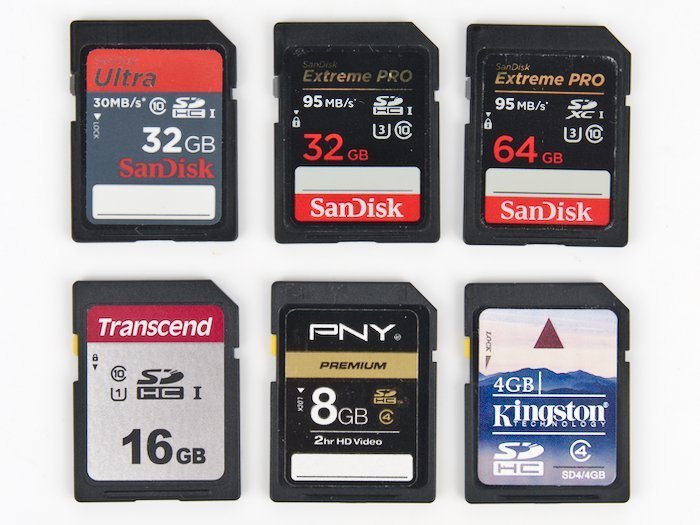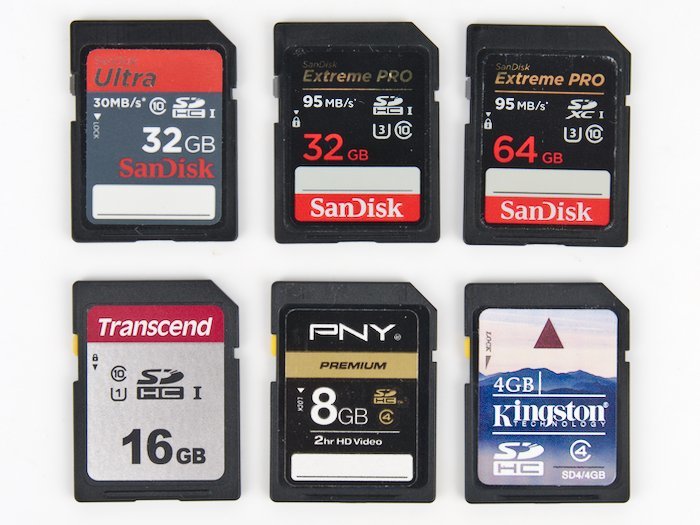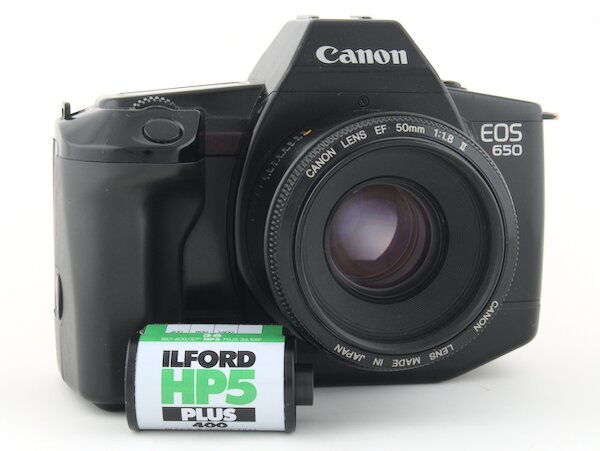
The Lomo Lubitel 166B - Soviet Twin Lens Reflex Medium Format Camera
- Nathaniel Stephan
- Lubitel 166 b
- July 31, 2022
Table of Contents
The Lubitel 166B is a medium format film camera that uses 120 film and takes 6x6 frames. There are 5 versions of the camera, with the Lubitel 166B being the second to last of the TLR cameras.
The original design was a Soviet copy of the Voigtländer Brillant. The Lubitels were manufactured by LOMO. (Leningradskoye Optiko-Mekhanicheskoye Obyedinenie, which translates to ‘Leningrad Optical Mechanical Association’)
Background Info

Depending on the source the first version of the Lubitel was released in 1949 or 1950 as the Lubitel TLR. Production of the last Lubitel model ended in 1988.
There were large production number of the later models and many can still be found in “new” condition. That is why the Lubitel 166B is a popular Soviet Russian lomography camera. The affordable price makes it appealing to prospective first time TLR users.
A predecessor of the Lubitel was the Komsomolets (“Young Communist”) camera. Lubitel means “Amateur” and that is a good description of who the features on the camera would be a good match for. It’s also why people that enjoy Lomography or toy cameras like the camera.
There are 5 original versions of the camera:
- Lubitel TLR - 1949-1956
- Lubitel-2 1955-1977
- Lubitel-166 1977-1980
- Lubitel-166B 1980-1984
- Lubitel-166 Universal 1984-1988
Additionally, there is a model, the Lubitel-166+, which is not made by LOMO. It was released in 2008 by the Lomographic Society and is still available for sale.
Camera Specs
| Lubitel 166B Production | 1980-1984 |
| Focal Length | 75mm |
| Focus Distance, m | 1.4 to infinity |
| Shutter Speeds | 1/15, 1/30, 1/60, 1/125, 1/250, and bulb |
| Aperture Range | f/4.5 to f/22 |
| Viewfinder Lens Aperture | f/2.8 |
| Compatible Film | 120 Roll Film |
| Frame Size | 6x6 (6 cm by 6 cm) |
| Pictures per Roll of Film | 12 |
| Filter Threads | 40.5x0.5 |
| Self-Timer, s | 7-12 |
| Flash Connection | PC-Flash Sync Port |
| Weight | 580 grams |
| Dimensions mm | 127 H x 95 W x 102 D |
The Lubitel 166B manual can be found on Butkus.org.
Camera Battery
The Lubitel 166B does not use a battery. It is a fully mechanical camera.
A light meter will be needed to be able to set the correct exposure. To avoid having to buy a hand held light meter, a phone app or digital camera can be used.
LOMO Build Quality & Handling
It is a Soviet Russian camera so don’t expect the build quality to be great. But, the price and availability make it easy to overlook some of the camera’s “quirks.”
Considering the price and availability, in terms of a twin lens reflex medium format camera, it is usable with a few “quirks.”
Some people will describe the Lubitel as having a toy camera build. I would disagree with that as the build quality is better than any toy camera I have used.
The Soviet cameras I have used are better cheap toy cameras. For example, many of the Lomo Lubitel models have metal parts.
Earlier versions of the Lubitel were made from Bakelite. I believe the Lubitel 166B is made from injection-molded plastic. I did not notice the odor that Bakelite gives off when rubbed, so I do not think the body is made from it.
The levers to cock the shutter, select shutter speed, and set aperture, do not feel durable. They are made of thin metal that could easily be bent. Care definitely needs to be given to the camera.
Getting the back film door open is a pain. There is a small latch that takes a good amount of force to open.
A light leak or film handling error partially exposed some of the images I took. The film did not roll onto the spool very well. I’m not sure if that is an error on my part, due to the camera design, or the most likely situation where it was a bit of both.
The other mechanical parts of the camera worked fine. Those parts are the film rewinding knob, film holder prongs, and viewfinder.
Accidental Shutter Release

Cocking the shutter requires you to push a small lever on the side of the lens down from 12 o’clock to 9 o’clock. That puts the lever, and your finger, right next to the shutter release lever.
The shutter release is close to the lever used to cock the shutter. It does not take much movement to accidentally trigger the shutter release, running a frame.
I only made the mistake once in the 2 rolls I put through the camera. It was only once because I used a cable release with my 2nd roll of film.
Tripod Mount

Another issue I ran into was that I was unable to attach any of my tripod plates to the camera. The threading on the tripod mount is not deep enough for the screws for any of my Manfrotto tripods.
The tripod screw would bottom out before providing any clamping pressure. Instead of being held in place, the Lubitel was free to wobble and spin.
A spacer could be used to make the tripod mount usable. A couple of sheets poster board would probably work. However, my thoughts were that I’m only willing to put in so much effort for a cheap camera.
Twin Lens Reflex
The twin part of “Twin Lens Reflex” means there are two lenses. They are coupled together with sprockets, which can be seen around both lenses.
The viewing lens is the top lens. It projects the image onto the viewfinder ground glass.
When you look through the viewfinder, you are seeing an image projected from the top lens onto the ground glass screen used to focus. The top lens is referred to as the viewing lens.
The Lubitel 166B has a focal length of 75mm and aperture range of f/4.5 to f/22. The different frame ratio means the equivalent field of view on 35mm film is around 50mm.
The 75mm focal length falls into the “standard” lens category. Photos will have a natural look that is almost free of distortion.
Turning the viewing lens to focus will also turn the bottom lens. Both lenses should be focuses the same distance away.
The taking lens is an optically coated three-element anastigmatic T-22 lens. I do not know if the viewing lens has any optical coatings.
The lens will produce smooth and creamy bokeh. Similar 3 element lenses are found in all kinds of inexpensive cameras.
Expect to see flare, chromatic aberrations, distortion, and other “undesirable” properties. I say “undesirable,” but for people that enjoy Lomography, the traits can be desirable. They can also offer a challenge to work around.
Shutter Speeds

Shutter speeds range from 1/15 of a second to 1/250 of a second in whole stops. There is also a bulb mode and self timer. The selected aperture can be seen on the side of the lens barrel.
In addition to the shutter release lever, there is a place for a threaded shutter release cable. If you intend to use the bulb setting, get a shutter release cable that can be locked. That way you won’t have to stand there holding the cable release down.
Not having 1/2, 1/4, and 1/8 of a second shutter speeds was a problem for me. Stopping down the lens would require shutter speeds that would mean using bulb mode. I could not use the bulb mode to accurately get a shutter speed of 1/4 or 1/8 of a second.
That limitation is also going to affect what film you can use in the camera. ISO 100 and 200 speed films are likely going to need to use a tripod to prevent motion blur.
I did not use the self timer to take any photos. I was not sure if the self timer was accurate in countdown length. The manual only gives a range of 7 to 12 seconds.
Double Exposure
You can take as many exposures per frame that you want. There is nothing preventing you from taking a double exposure, whether you intended to or not.
The frame counter on the Lomo Lubitel 166B is a red window. This allows the frame number on the back of the protective paper on the roll of film to be lined up.
Viewfinder & Focusing Screen

The Lubitel has a square waist-level viewfinder. It is ground glass with a center focusing circle. There is a pop-up loop as a focusing magnifier to make it easier to see the ground glass focus screen.
I’m not sure of the magnification that the loop provides. I think it might be 2x or 3x magnification. Focusing was difficult because the focusing screen was not bright enough. Instead I relied on zone focusing.
Part of the viewfinder can be folded down, revealing a square cutout. An image can be framed by looking through the square cutout.
I found both methods of focusing on the Lomo Lubitel 166B to be unreliable. I was never confident that my shot was going to be in focus.
Light Metering
There is no built-in light meter. The Lomo Lubitel 166B is a completely analog camera. You’re going to need a hand-held photography light meter in order to set your exposure.
I used my Minolta Flash Meter VF. It is close to 20-years-old and worth over twice as much as the Lubitel 166B.
If you don’t already have a light meter, check out our list of the best light meters.
Keep in mind that any new light meter is going to cost far more than the Lubitel. You might want to see if you can find a smartphone light meter app or use the meter on a digital camera.
Short Lubitel 166B Review

The Lubitel 166B is small, light, and inexpensive medium format TLR camera.
I didn’t enjoy using the 166B due to its limitations. The small size isn’t useful because of the additional gear required. Having to carry around a tripod, cable release, light meter, film holder, etc, is not appealing to me.
- Hard to focus in the viewfinder.
- Small shutter speed range.
- Unusable tripod socket without needing a shim/riser.
All of those problems have solutions, but I didn’t see a payoff in fixing them. Analog photography takes up more time than digital, so I’m not going to invest that time in a camera I don’t care for.
If you’re into Lomography or want to give it a try, the lack of features may be a nice way to add some difficulty in shooting. Many photographers find the limitations creatively freeing.
I develop my own film. While that cuts down on costs, shooting medium format 120 film is still expensive.
Considering the time it takes to develop and scan, I would rather use a different camera. It is a fun can to put a few rolls of film through and then to move on to something else.
Affiliate Advertising Disclosure
Outside the Shot is a participant in the Amazon Services LLC Associates Program, an affiliate advertising program designed to provide a means for sites to earn advertising fees by advertising and linking to Amazon.com.
As an eBay Partner, I may be compensated if you make a purchase. I also participate in affiliate advertising programs with KEH and Adorama. More can be found on the Affiliate Disclosure page.
Price & Where to Buy

You can’t judge a camera without knowing the price and alternatives. My copy was very inexpensive and purchased in May of 2019. Checking prices again in April, 2021, they haven’t changed or have gone down by a bit.
The price will vary based on availability, condition, and version. The best prices will be from sellers in Ukraine as that’s where the majority the cameras are.
Millions of Lubitels were sold so they are available on many websites. Loading the camera requires an empty 120 film spool. If you don’t have an empty spool, buy a camera that comes with one.
See current price and more information on:
The Lubitel Universal 166+ is currently being sold by Lomography for considerably more.
120 Film (But not 220)
The Lubitel 166B uses 120 film, which can be difficult to find. Use fresh film for the best image quality.
220 roll film cannot be used in the camera due having a window for the frame counter.
A roll of film will allow you to capture 12 photos. The 6x6 means the camera will capture 6 cm by 6 cm photo frames.
In order to load film into the Lubitel 166B, an empty 120 film spool needs to be in the top film holder. If there isn’t an empty film spool with the camera, and you don’t have one, make sure to purchase one when you buy film. You can find empty 120 film spools on eBay.
Recommended Film
The maximum aperture of the Lubitel 166B is f/4.5. That is slow enough to where you will want to use fast film. I would not recommend using anything slower than 400 ISO.
There is ISO 400 Lomography color film, but you really want the fastest film possible.
| Film | Type | ISO | Availability |
|---|---|---|---|
| Lomography Color Negative 800 | Color | 800 | Amazon |
| Kodak Portra 400 Professional | Color | 400 | Amazon |
| Ilford HP5 Plus | Black & White | 400 | Amazon |
| Kodak Tri-X 400TX | Black & White | 400 | Amazon |
Alternative Cameras
Here are some other popular options for 120 film that won’t bankrupt you.
- Yashica Mat-124G
- Mamiya Universal, Mamiya Press
- Fujifilm Super Fujica 6
- Kiev 6C, Kiev 88, Kiev 60


